It’s hard to believe that one month has passed since Star Wars: Episode 7—The Force Awakens landed in movie theaters and brought us the new galactic order as seen fit by J.J. Abrams. After years of anticipation and build-up, all ratcheted up by a pair of trailers that sure knew how to hit that nostalgia nerve, the unanimous result was, fair to say, pretty darn good.
Was it perfect? Was it great? It’s hard to tell, as Star Wars fans come in so many different permutations that you probably won’t get a lot of consensus (and there certainly are dissenting opinions). For most of the long-time geeks I know—including myself and my wife—we walked out of the theater thinking we’d seen the best thing ever with a solid A++++++++!++!+!+!!!!! rating across the board.
Then, after our emotions settled and the nostalgia bias wore off, we started to see some cracks in the chrome armor, and our opinions were more in the, “It was pretty good. Could have been much worse,” range.
One month after The Force Awakens awoke box offices around the globe, I think it’s safe to say that our collective emotions and nostalgia are no longer tinting our certain point of view, so let’s take a closer look at what worked and didn’t work in the first entry in the brave new non-Lucas galaxy:
(Spoiler alert! Stop if you haven’t seen The Force Awakens. But really, you shouldn’t be reading this if you haven’t seen the movie already!)
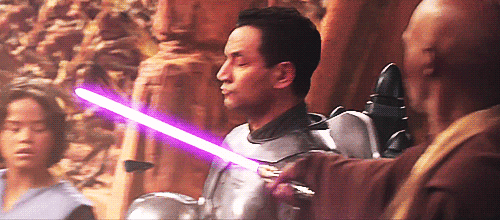
What Worked (AKA “I love you.” “I know.”)
New Characters
You can have a detailed world, a great plot, and visually stunning imagery, but if the audience is not emotionally invested in the characters, you’ll lose them. That was the perhaps the biggest lesson of the prequels, one that was only retconned through the spinoff TV show. However, The Force Awakens simply nails this from the first frame. From Poe Dameron’s laugh-in-the-face-of-evil attitude to Rey’s fiery spirit to Finn’s everyman nature, the new three leads of The Force Awakens are endearing and relatable—so much so that I personally wish that Abrams and company swapped some of the action for more character moments (more on that below). Adam Driver’s Kylo Ren has provided many great internet spinoffs (hello Emo Kylo Ren), but despite some clunky writing, Driver was able to convey both menace and vulnerability in his work. The early word is that the Rian Johnson-led Episode 8 will dive into heavier territory, and that should mean great things for this stellar young cast.
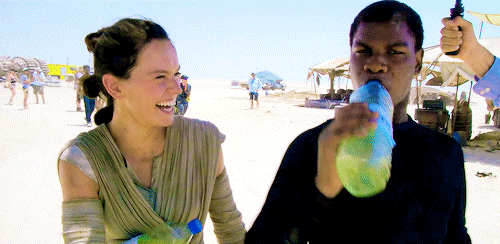
When Episode 7 was first announced alongside the fact that the original trio would return, I was worried that this sequel trilogy would essentially be a cash-grab victory lap for Luke, Han, and Leia. How refreshing it was, then, for The Force Awakens to really be focused on its new lead characters—and not just new characters, but really great new characters.
Performances
While not hitting George Lucas-levels of clunky dialogue, The Force Awakens won’t win any awards for screenwriting. However, all of the actors rose above the material with stellar performances, particularly Daisy Ridley’s steely Rey. For the new actors, they all felt like they fit in this otherworldly universe yet conveyed a grounding in reality that made them relatable.
Harrison Ford’s Han Solo was played with the same smuggler charm as before, but with a weariness that reminded of another immortal Ford character (“It’s not the years; it’s the mileage”). While we really didn’t get much screen time with Carrie Fisher’s General Leia, she hit the same notes as Solo—the same person, but with 30 years of battle scars inked into her psyche. It was particularly welcome that these two returning stars were given significance to their parts, allowing for strong performances rather than “look at that” cameos.
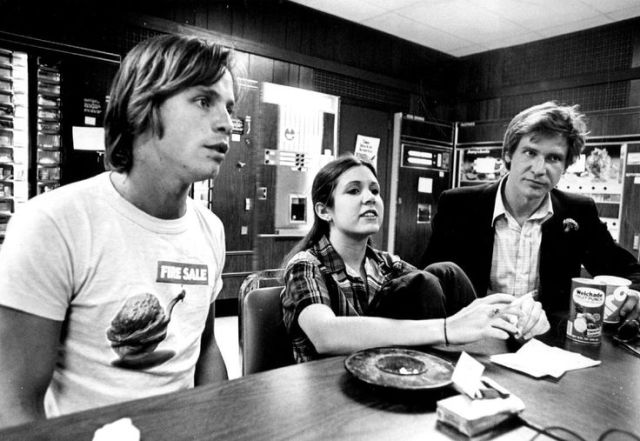
Then, there’s Mark Hamill’s Luke Skywalker, who obviously only gets several seconds of screen time, but in just that snapshot, he was able to convey a mix of emotions that told us that Episode 8 could really head in any direction, and he didn’t even have to cackle like the Joker to pull it off.
Evolution
One of my biggest concerns going into The Force Awakens was Disney setting its Death Star laser on the Expanded Universe and blowing it to bits. Granted, the EU did go off the rails quite a bit, but I still held many pillar titles of it near and dear. My other big worry was that J.J. Abrams would create a sequel to ROTJ, not an extension of the existing six-film saga.
However, The Force Awakens managed to pull all of it together, creating a sensible next step in the Star Wars saga that cribbed ideas from the EU while acknowledging the rich history told over six films. The broad strokes have set up a logical conflict between the franchise’s major players, given us wonderful new characters to root for, and allowed for another visit with beloved old friends. Kathleen Kennedy and J.J. Abrams might still make bad moves with the next two episodes, but for now, they’ve won me over.
What Didn’t Work (AKA “I don’t like sand …”)
Too Fast, Too Intense
The Force Awakens is a quick, relentless movie. It leaps from set piece to set piece with little breathing room; in George Lucas terms, it’s “faster, more intense.”
This may have been a reaction to Lucas’ prequel trilogy, which often shoved stilted exposition in between the action. The problem is that The Force Awakens overdoes the course correction. The official Visual Dictionary provides a huge amount of detail regarding character backstory, the New Republic, Resistance, First Order, and other story elements. These were clearly established for continuity’s sake, so the fact that they’re only glossed over—if mentioned at all—is head-scratching.
I may be in the minority here, but I would have gladly removed 10 minutes of action and sprinkled that within the entire film with character- and world-building moments. Think back to A New Hope: Tarkin announces the dissolution of the Senate, followed by a short exchange about regional governors. Those few bits of dialogue establish the power and hierarchy of the Empire, along with the governmental history of the galaxy. It brings a weight and context to the unfolding events without dragging the film down.
Missed Character Opportunities
Every second of film, every line of dialogue, every on-screen look is an opportunity to further character development. Unfortunately, The Force Awakens wound up writing in shorthand much of the time, trading opportunities to peel back character layers for cheap references and in-jokes.
For example, Leia tells Han that Kylo Ren simply has “too much Vader in him.” This is a huge missed opportunity for character development, and it feels like, given the number of homages to A New Hope moments, it was chosen to reflect Beru Lars’ line about Luke. But that line itself brushes over any details and oversimplifies—is Kylo Ren angry because his parents abandoned him? Focused too much on galactic politics? Just had bad parents? Small moments like this could have been huge character insights: if Leia recognizes that they failed him for whatever reason, it shows us the insight of the parent characters while establishing backstory for Kylo Ren, all without changing the pace or length of the film.
Similarly, when Rey uses the Jedi Mind Trick on James Bond, it feels more like a wink-wink-nudge-nudge moment based on our prior saga knowledge. Luke had no clue what Obi-Wan was doing on Mos Eisley, so why would Rey have the instinct of what to do? One or two lines could have placed this in better context; perhaps Rey actually researched Jedi folklore rather than simply knowing who Luke was as a mythical figure or she could have just said that she gets impulses and instincts but she doesn’t know where they come from. Little trade-offs like that inform the viewer of so much while not taking away from the film. In other words, they’re really big missed opportunities.
“Didn’t We Just Leave This Party?”
While The Force Awakens’ broad strokes pushed the franchise forward in smart and effective ways, many individual elements (particularly in the second half) showed an alarming lack of imagination. It’s unclear whether or not this came from Disney execs wanting to play it extremely safe or from J.J. Abrams holding A New Hope in a bit too much reverence. From ship design to environments to story beats to actual lines of dialogue, there was often a cover-band feel during stretches—a good cover band, to be sure, but a cover band nonetheless.
Perhaps the most frustrating part of this comes from the fact that there was enough self-awareness to acknowledge these. There was even a line about how Starkiller Base wasn’t the Death Star because, well, it’s a lot bigger.
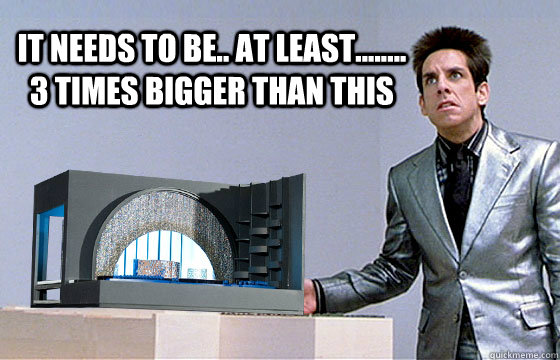
The issue here is that the character and story results of these beats could have done with different plot devices, new designs that honored original trilogy designs, dialogue that was more than just an original trilogy in-joke. There’s a difference between honoring themes and simply repeating them, and this was a blown opportunity with Episode 7.
To Be Continued …
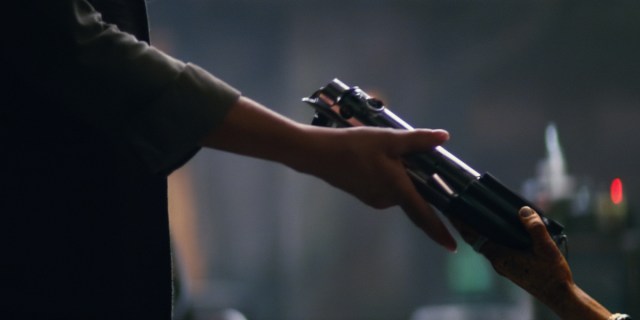
The bottom line with The Force Awakens is that it was a very safe film—a well-executed and well-made film, but a safe film nonetheless. That’s if you judge it on its own. However, this is the first step in an indefinitely growing, Disney-powered universe, which means the new overlords probably wanted to focus on crowd-pleasing, not enhancing the lore or pushing forward world-building elements.
The good news is that J.J. Abrams and company nailed the most important elements. The state of the universe makes sense, the overall plot is set to move forward with greater stakes, and the new leads are nearly universally loved. All of the issues mentioned are mechanical from a writing and editing perspective and can be course-corrected.
The long-term success of The Force Awakens, then, seems largely dependent on how Disney chooses to move forward. If The Force Awakens was used as a safe starting point to win over the mainstream before (to take from that other “Star” franchise) going boldly with future Skywalker episodes and Anthology entries, then we should be in for a treat. However, if Disney plays it safe over and over, it may provide plenty of short-term box office successes without the long-term cultural impact that Star Wars should have—and that mythic quality that was so unique to Star Wars may dilute down to just another action franchise.
Let’s hope it’s the former. After all, we’d hate to look back at J.J. Abrams and lament …
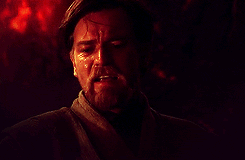
Mike Chen is a freelance writer who used to cover the NHL for Fox Sports and SB Nation but now writes about geek parenting and video games. He also builds WordPress websites and writes novels that walk the line between mainstream and science fiction (repped by Eric Smith of PS Literary Agency). Follow him on Twitter.
—Please make note of The Mary Sue’s general comment policy.—
Do you follow The Mary Sue on Twitter, Facebook, Tumblr, Pinterest, & Google +?



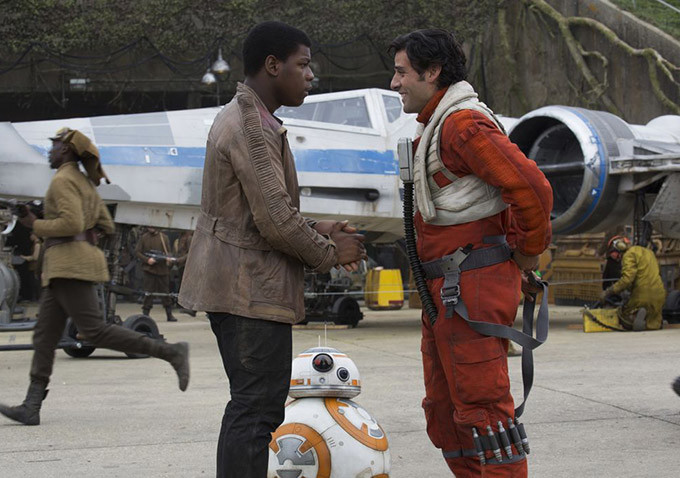





Published: Jan 18, 2016 11:54 am